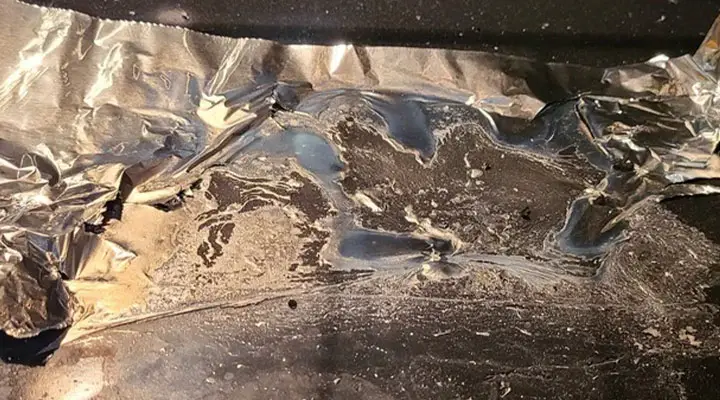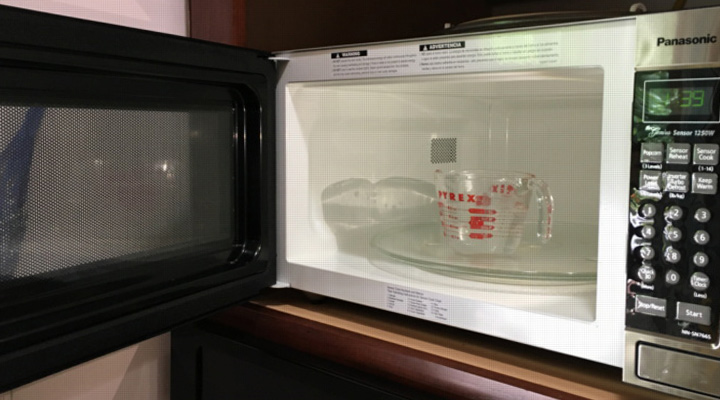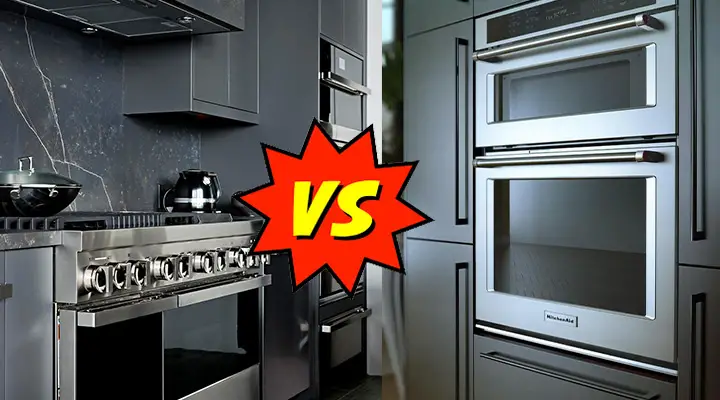Can You Get Radiation Poisoning From A Microwave (Science and Safety Explained)
The kitchen’s best friend, the microwave is the concern of many because of the radiation it emits. After all, it uses electromagnetic waves to heat food. So it is harmful, right?
So can you get radiation poisoning from a microwave? Well, the short answer is, no. There are two types of radiation: ionizing and nonionizing. While ionizing radiation can cause a lot of harm and poisoning eventually, nonionising radiation is totally harmless.
We’re going to get into how microwaves operate, how much energy they require, and safety guidelines. Look up, and you’ll see that microwave radiation is low-powered and tightly focused.
You will find it safe enough to make use of, and not produce any radiation or ill effects on you when utilized as intended. Relax and enjoy the ease of microwave cooking. And keep on reading.
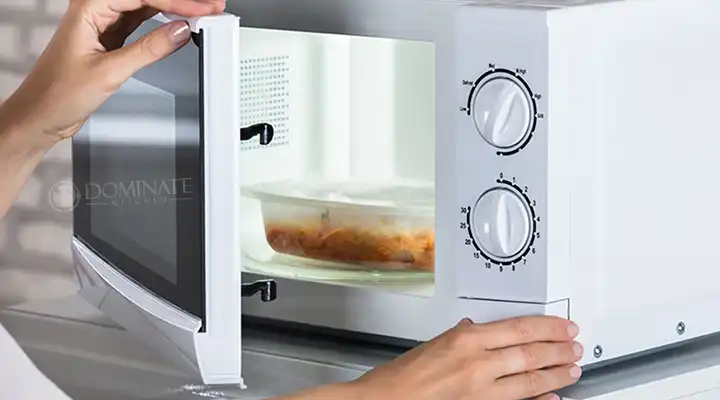
Why You Cannot Get Radiation Poisoning From A Microwave
There are a few factors that you need to understand about the microwave radiation. Without these, you won’t be able to grasp why it is not harmful. So here we go.
Operating Frequency of Microwaves
Your microwave oven uses microwaves at a frequency of approximately 2.45 gigahertz (GHz) when you put something in it. It’s like some kind of station that plays microwave music that’s got wavelengths maybe 12 cm long. Which can harm a living body.
The Energy Levels
The microwaves your microwave shoots out have a power range between 600 to 1,200 watts. This power is what cooks your food when you press the start button. Which is far lower than the levels of radiation that ionizing radiation produces.
Radiation Levels, Because Microwave Uses It
Radiation and I realize the term “radiation” sounds scary, but the microwave radiation inside the cavity is very low indeed and perfectly safe. Agencies like the European Commission and the International Commission on Non-Ionizing Radiation Protection are ensuring that the exposure from the microwave oven is within the prescribed limits to ensure its safety for daily use.
Ionizing vs. Non-Ionizing Radiation
Microwave radiation is nonionizing, for example, it does not have enough energy to affect the behavior of atoms and molecules to your detriment. It’s not like the ionizing radiation from X-rays or gamma rays that are damaging at higher doses.
Safety Standards
As such, in most countries, microwave oven manufacturers are required to conform to safety standards and safety guidelines which stipulate the maximum level of microwave radiation that can escape from the oven. For instance, the FDA states that any new microwave oven must not emit more than 5 milliwatts of milliwave radiation per square centimeter at about 2” inches of distance from the Oven Surface to be deemed relatively safe for human contact.
Design and Containment
Microwave ovens are built in such a way that the microwave radiation is contained in the cooking chamber. It’s trapped within this volume so that microwave radiation doesn’t escape while it’s turned on. The door of the microwave oven is designed especially so as not to discharge radiation.
Frequently Asked Questions
How can I tell if my microwave is leaking radiation?
You can do an easy at-home test to determine whether there’s any possibility of your microwave radiating. Pop in a functioning cell phone and close the door, run the microwave for a second or two. It could be radiation leakage if your phone’s signal fades, or if you start hearing odd interference. But remember this test is not infallible. It’s definitely in your best interest to check with a technical assistant to see if there is any problem with your microwave, especially if your door seal is damaged/worn out.
What happens when I stick my hand in the microwave?
Never stick your hand or any other body part into an operating microwave. Microwaves will emit a radio wave, called microwave radiation, which is very damaging to living tissue. And if you stick your hand in a working microwave, you can burn yourself very badly, and damage tissue. On top of the radiation issue, you also have an electrocution risk with the electronic parts inside the microwave. Be safe using them by following usage guidelines.
How do you know when a microwave is unsafe?
You can tell when a microwave is becoming unsafe by looking for a few signs. Make sure there’s no damage, wear & tear visible on the microwave door & door seal which is also closing properly. Radiation leakage also occurs via a damaged door seal. If you smell anything odd such as burning, sparks, or smoke, turn off the microwave and disconnect it immediately. These are red flashing lights that mean something’s wrong and a fire is going to occur. If your microwave is older and doesn’t function as well anymore, it might be time for an upgrade to newer models with current safety standards.
Conclusion
Microwave ovens are safe and convenient when used properly in the kitchen. These devices employ non-ionizing radiation at levels far below-set safety thresholds, making them risk-free for radiation poisoning. Keeping them in shape through regular maintenance, physical inspections, and sticking to best practices for safety — make them safe. To use the microwave with the utmost confidence and safety, let us understand the science behind it and enjoy its cooking advantages.

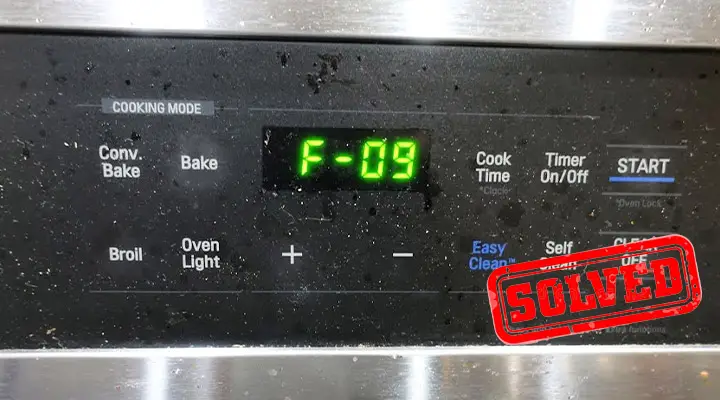
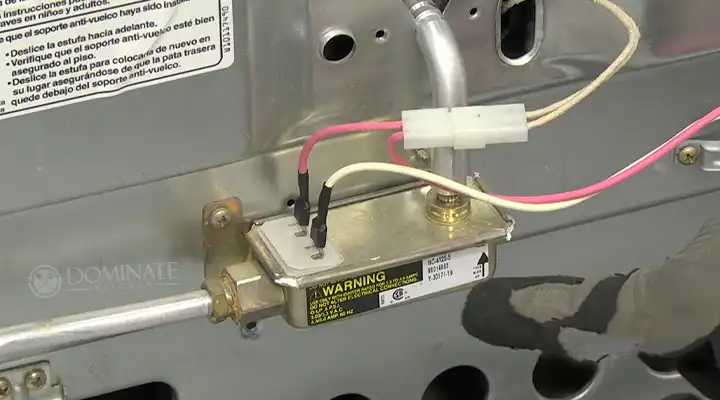
![[Answered] Are Oui Jars Oven Safe?](https://www.dominatekitchen.com/wp-content/uploads/2022/06/Are-Oui-Jars-Oven-Safe.jpg)
